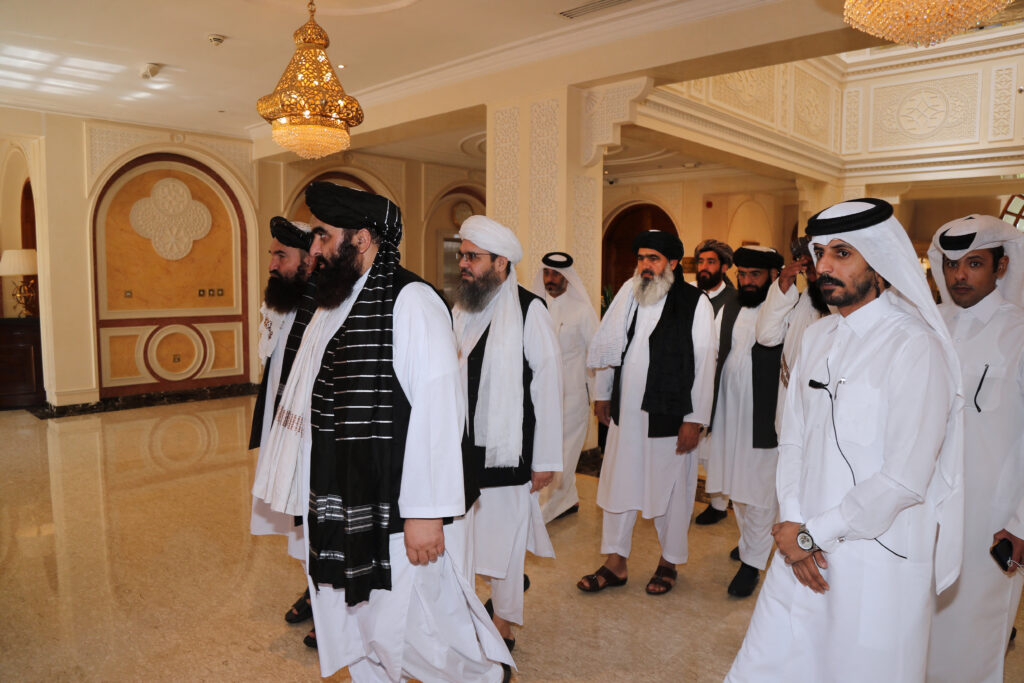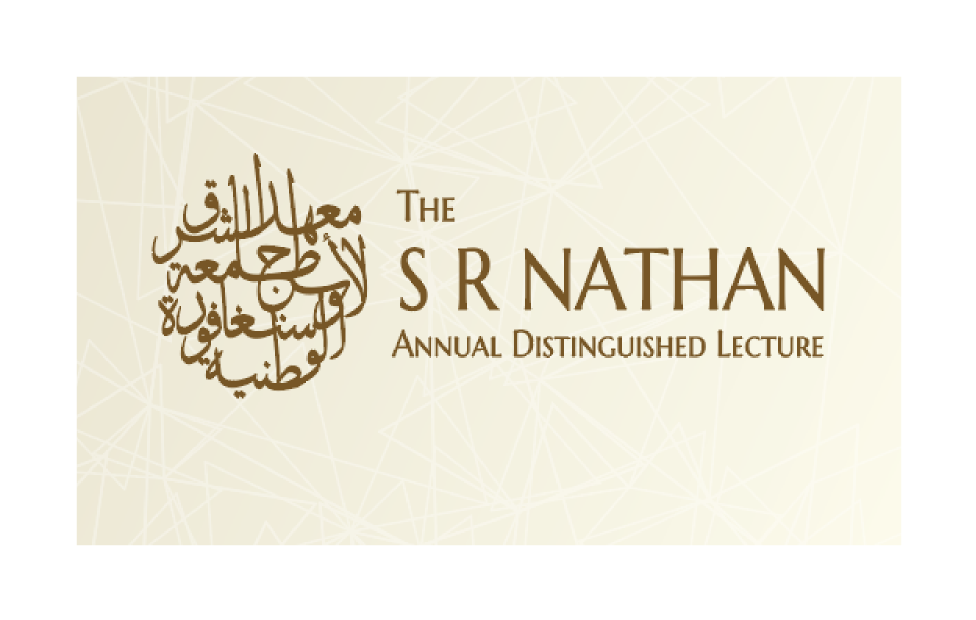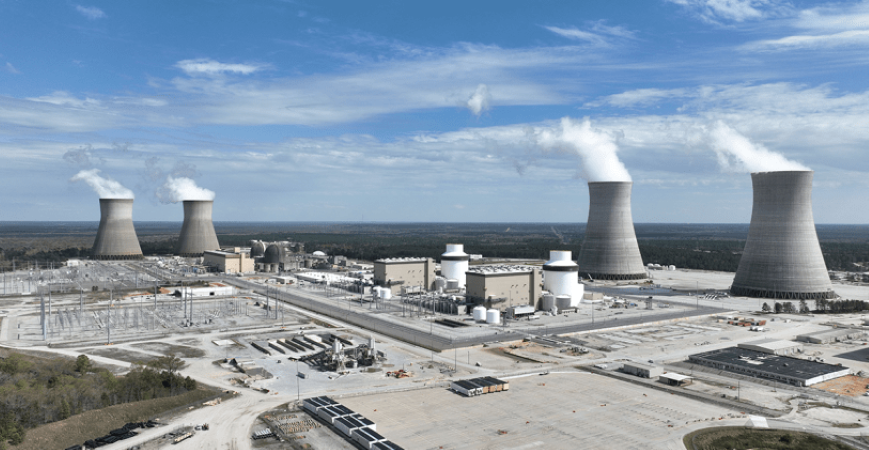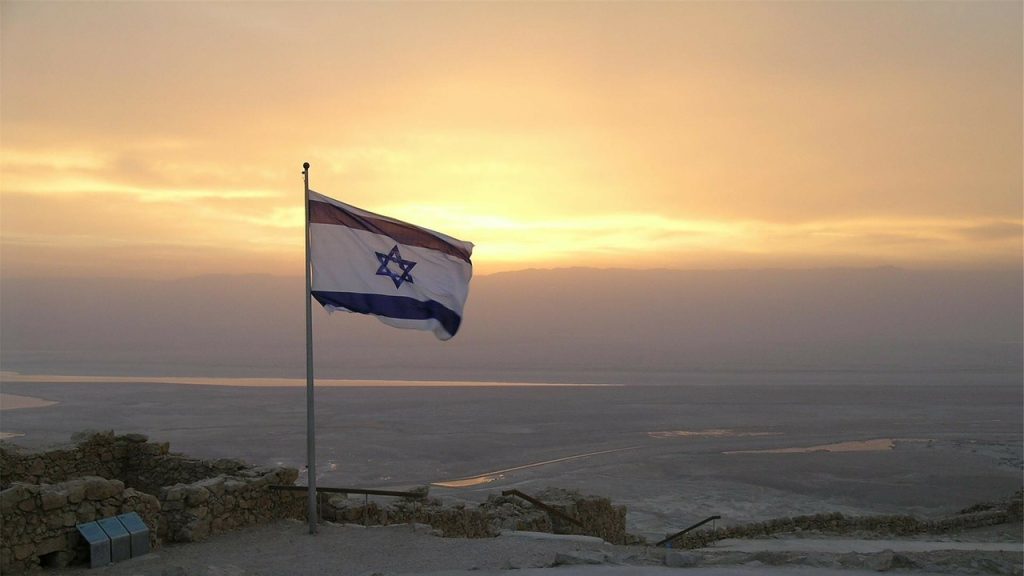- 16 Apr 2012
PART I – FUTURE OF TRADITION, TRADITION OF FUTURE: CONTEMPORARY URBAN MANIFESTATIONS IN DAMASCUS AND
Abstract
Following two years of researching the urban spatial productions in the cities of Cairo and Damascus, and an ensuing exhibition at Munich’s Haus der Kunst about their contemporary developments as part of ‘future of tradition, tradition of future,’ (from which the title of this series borrows) the two part presentation at the Middle East Institute in the spring of 2012 will take the spatial manifestations of the contemporary cities to look at the changing urban conceptions for Damascus and Cairo since their inceptions. The presentation is divided into two parts, the first of which will look at Cairo and the second Damascus. Focusing on the relationship between the cities’ historic legacies and the contemporary urban spatial productions taking place, four vignettes from each city will present spatial products of shifting urban ideologies through history and how they reflect the larger context of the two cities today. The session on Cairo will present the formation of belle‐epoque Downtown and the current developments by the Ismailia as part of the Cairo 2050 plan which re‐narrates the modern history of Egypt, the transformation to the Arab‐socialist Medinat Nasr that reveal the growing influence of naft culture brought back from the Gulf states developments of new desert cities such as New Cairo whose planning, ornamentation, segregation, and visual representations show the impact of oil capital, and juxtaposed against the neoliberal developments the informality of places like Nazlet al Samman which also capitalize on its privileged location next to the world icon of the pyramids. The parallel session on Damascus will show how the contemporary re‐constructions of the intramuros city and redevelopment of the historic hilltown of Saliheyye intersect with issues of sustainability and urban representation of Damascus as an oasis city, the transformations to Arab socialist Mezzeh show the liberalizing policies of the transitional economy, and the ongoing construction of the Eighth Gate project for a new Damascus manifests the influx of oil capital.
About the Speakers

Ying Zhou , born in Shanghai, studied architecture and structural egineeering at Princeton university from 1994 to 1999 with Liz Diller, Pete Eisenman, Beatriz Colomina, and Mark Wigley. After working at the structural engineering firm of Gov Nordenson and Associates in New York from 1999 to 2001 on projects including the MIT Simmons Hall and the MoMA addition, she received a Fulbright Scholarship to study at the University of Stuttgart from 2001 to 2002. During a short stint in Detroit, her interest in technology and perception resulted in a 16mm short film about the city. She subsequently began studying for her Master’s degree in architecture at the Graduate School of Design at Harvard from 2003 to 2007 when she worked for her thesis at MetroBasel with Jacques Herzog and Pierre de Meuron. She has worked in Shanghai for MADAspam in 2004 and was part of the competition‐winning team TDI that realized a prototype house for post‐tsunami reconstruction in Sri Lanka in 2005. She also organized the AsiaGSD series entitled Specific Weights of Architecture: Asian Probes’ in 2006 and worked as a first‐year studio and history theory instructor at the Boston Architecture College from 2006 to 2007. At Studio Basel, she produced a comic book about MetroBasel, which came out in German, French, English as well as Chinese. She also taught the studios in Kolkata, Damascus, and Cairo from 2008 to 2011 and was part of an exhibit about the contemporary urban development in the Middle East at Haus der Kunst in Munich in 2010.




